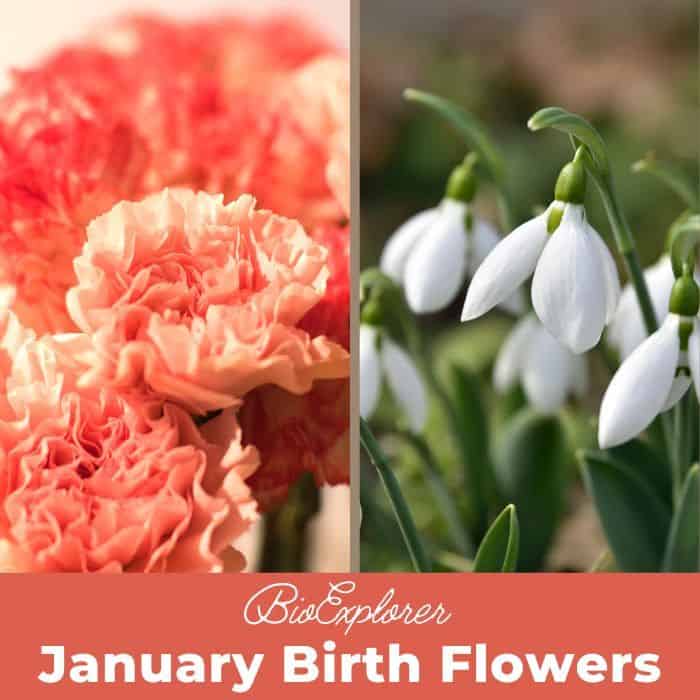
January Birth Flowers: January, a month of new beginnings and renewal, is symbolized by two distinct flowers: the Carnation and the Snowdrop. The Carnation, with its ruffled petals and varied colors, represents love, admiration, and distinction. Each color carries a different meaning, from red for love to white for luck.
The Snowdrop, on the other hand, symbolizes hope and purity. As one of the first flowers to bloom at the end of winter, it signals the approach of spring and embodies the spirit of new beginnings. Together, these two flowers capture the essence of January, offering a rich tapestry of symbolism and cultural significance.
Table of Contents
Connection Between Birth Flowers and Horoscopes
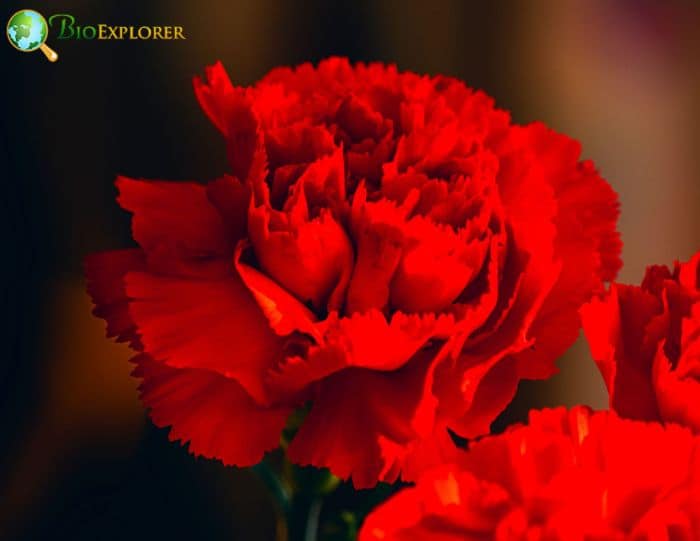
The connection between birth flowers and horoscopes adds another layer of intrigue and personal resonance to this beautiful tradition.
- Just as zodiac signs provide insights into personality and destiny, birth flowers reflect the traits and characteristics of those born under specific signs. For January, the steadfast and ambitious nature of Capricorn and the innovative spirit of Aquarius find resonance with the Carnation and Snowdrop.
- This connection turns the simple act of giving and receiving flowers into a personalized and thoughtful gesture, aligning with the universal language of flowers.
The exploration of January’s birth flowers, the Carnation and Snowdrop, opens a path to deeper understanding and appreciation of individuality, cultural interpretations, and the timeless allure of nature’s blooms. Whether celebrating a birthday, acknowledging a sensitive gesture, or simply enjoying the beauty of winter blooms, the Carnation and Snowdrop offer a meaningful and enchanting connection to the heart of January.
Carnation: January’s Birth Flower
Symbolism of Carnation
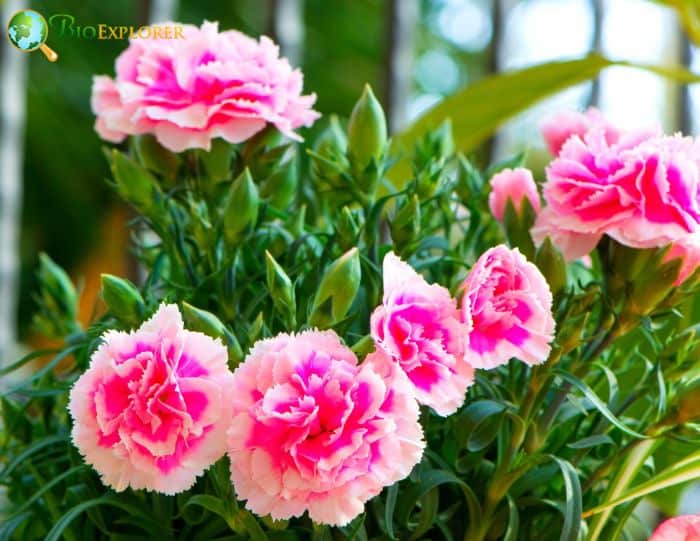
The Carnation, known as January’s birth flower, carries a rich symbolism that has evolved over time.
- Often associated with love, admiration, and distinction, the Carnation’s ruffled petals and sweet fragrances symbolize devotion and affection.
- Its timeless appeal and multifaceted meanings have cemented its place as one of the most cherished flowers, resonating with the human heart across cultures and generations.
Colors and Meanings
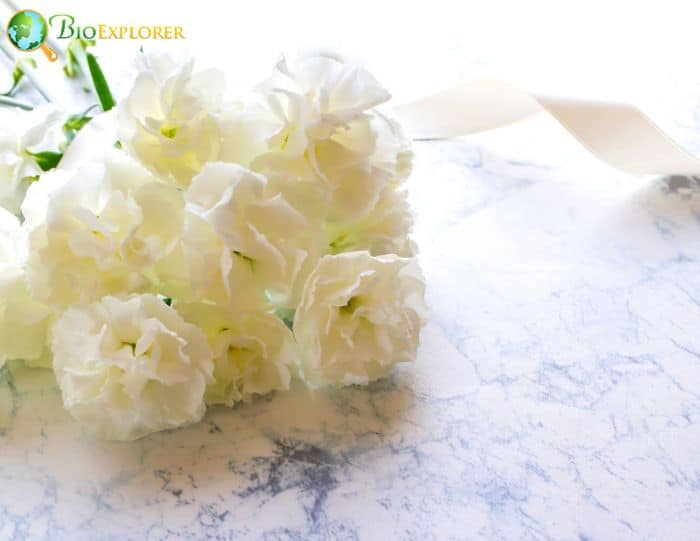
The Carnation’s beauty is further enhanced by its varied colors, each carrying a unique meaning:
- Red: Symbolizes deep love and respect.
- White: Stands for purity and luck.
- Pink: Represents gratitude and motherly love.
- Yellow: Conveys disappointment or rejection.
- Purple: Symbolizes capriciousness.
These diverse colors allow the Carnation to express various emotions, making it a versatile and meaningful flower for various occasions.
Carnation in Various Cultures

The Carnation’s symbolism extends across various cultures, reflecting universal love, honor, and celebration themes.
- In ancient Rome and Greece, carnations were used in ceremonial crowns[1], symbolizing victory.
- In Christianity, the pink Carnation is associated with the Virgin Mary, symbolizing pure love.
- In Korean culture, Carnations are given to parents to honor and celebrate them.
- These cultural connections add depth to the Carnation’s appeal, making it a globally recognized and cherished symbol.
Connection with Sensitivity, Friendship, Love, and Affection
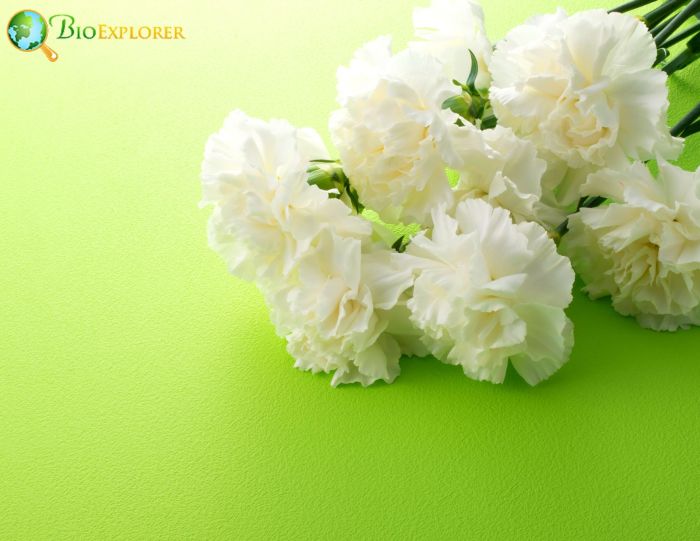
Beyond its romantic connotations, the Carnation symbolizes sensitivity, friendship, and affection.
- Its delicate petals and soft fragrance evoke warmth and compassion, making it a suitable symbol for sensitivity and empathy.
- Regarding friendship, Carnations, especially yellow ones, are often exchanged between friends to symbolize lasting bonds and mutual respect.
- Whether celebrating love, friendship, or a sensitive gesture, the Carnation’s multifaceted symbolism turns it into a flower that truly speaks to the heart.
Celebrities Born in January and Their Connection with Carnation

Several celebrities born in January share traits that resonate with the symbolism of the Carnation.
- The flower’s association with love, distinction, and sensitivity can be seen in the works and public personas of figures like Oprah Winfrey, Ellen DeGeneres, and Martin Luther King Jr.
- Their contributions to society, ability to inspire love and respect, and distinctive voices align with Carnation’s symbolism.
- The connection between these January-born celebrities and the Carnation adds a contemporary dimension to the flower’s timeless appeal, bridging the gap between nature’s beauty and human achievement.
The Carnation, as January’s birth flower, offers a rich, colorful tapestry of meanings and connections. Its varied colors, cultural significance, and associations with sensitivity, friendship, love, and affection make it a flower that continues to inspire and enchant.
Whether given as a gift or enjoyed in a garden, the Carnation’s timeless beauty and profound symbolism make it a flower that truly captures the essence of January.
Snowdrop: January’s Other Birth Flower
The Symbolism of Snowdrop: Hope and Renewal
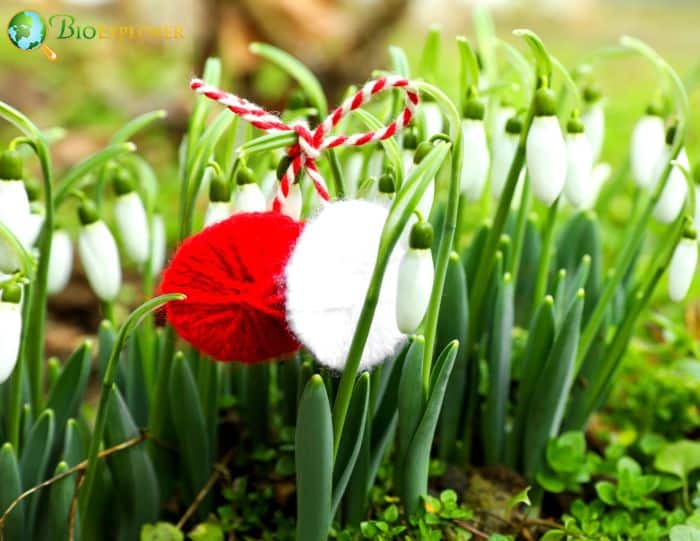
The Snowdrop, a delicate and graceful flower, is another symbol of January and carries profound meanings of hope and renewal[2].
- Emerging from the cold winter soil, Snowdrops are often the first sign of spring, symbolizing the triumph of hope over despair and life over death.
- Their pure white petals and gentle appearance have made them a universal symbol of fresh starts and new beginnings.
Snowdrops in Various Cultures
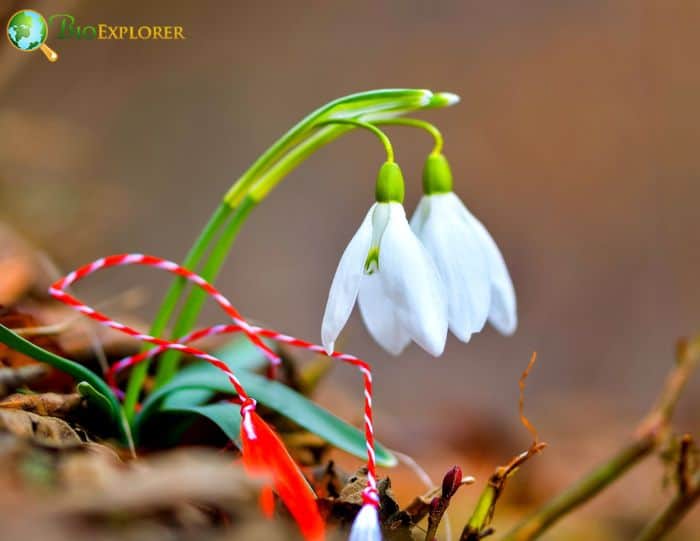
Snowdrops hold a special place in various cultures worldwide.
- In Eastern European folklore, Snowdrops are associated with hope and purity, often linked to traditional celebrations of spring’s arrival.
- In the United Kingdom, they are considered a symbol of consolation and promise, often planted in churchyards as a tribute to loved ones.
The cultural significance of Snowdrops transcends borders, resonating with universal themes of rebirth and renewal.
Connection with New Beginnings and Purity
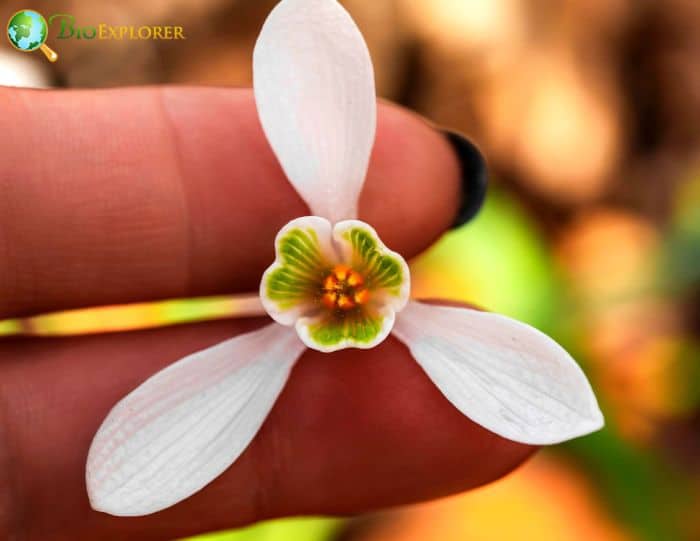
The Snowdrop’s connection with new beginnings and purity is deeply rooted in its appearance and growth cycle.
- Its pristine white color symbolizes purity, innocence, and clarity. At the same time, its emergence at the end of winter heralds the promise of new life and fresh starts.
- Whether marking a personal transformation or celebrating the dawn of a new year, the Snowdrop’s symbolism is a powerful reminder of life’s endless possibilities.
Historical Uses of Snowdrops
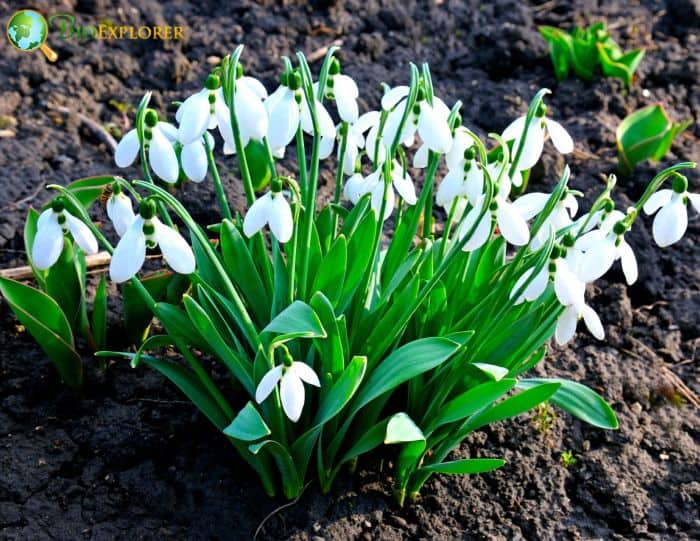
Historically, Snowdrops have been used for various medicinal and practical purposes[3].
- In medieval times, they were believed to alleviate headaches and enhance memory.
- In the Victorian era, Snowdrops were used in remedies for pain relief and as a symbol of consolation in times of grief.
Their historical uses reflect practical wisdom and symbolic resonance, adding depth to their timeless appeal.
Artistic Representations of Snowdrops
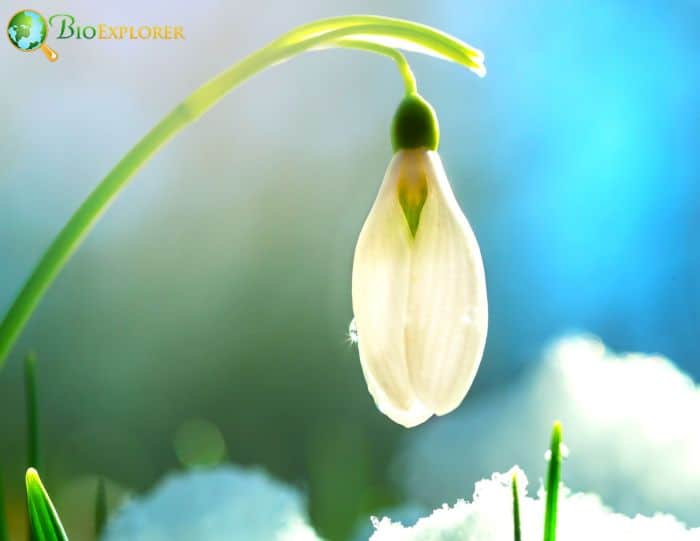
Snowdrops have inspired artists, poets, and musicians throughout history. Their delicate beauty has been captured in paintings, sculptures, and literary works, often symbolizing hope, purity, and the transient nature of life.
- Famous artists like Walter Crane have depicted Snowdrops in their art, while poets like Hans Christian Andersen have written about them[4].
- The Snowdrop’s artistic representations extend its symbolism into the realms of creativity and imagination, making it a muse for artistic expression.
As January’s other birth flower, the Snowdrop offers a rich tapestry of meanings and connections.
- Its symbolism of hope, renewal, purity, new beginnings, cultural significance, historical uses, and artistic representations make it a flower that speaks to the human soul.
- Its gentle beauty and profound symbolism make the Snowdrop a flower that truly captures the essence of January, complementing the Carnation and adding depth to the celebration of this month’s birth flowers.
Horoscope Insights
Capricorn Traits and Connection with Carnation and Snowdrop

Capricorn, the disciplined and ambitious sign, finds a natural connection with the Carnation and Snowdrop.
- The Carnation’s symbolism of love, distinction, and devotion resonates with Capricorn’s steadfast and loyal nature.
- The Snowdrop, symbolizing hope and renewal, aligns with Capricorn’s ability to overcome obstacles and pursue long-term goals.
- Together, these flowers reflect the essence of Capricorn, capturing their determination, integrity, and unwavering commitment.
Aquarius Traits and Connection with Carnation and Snowdrop

Aquarius, known for innovation and humanitarianism, also connects with the Carnation and Snowdrop.
- The Carnation’s multifaceted meanings mirror Aquarius’s social consciousness and empathy, including friendship and sensitivity.
- The Snowdrop’s new beginnings and purity symbolism aligns with Aquarius’s forward-thinking and romantic nature.
- With their unique symbolism, these January birth flowers capture Aquarius’s essence, reflecting their creativity, compassion, and desire to make a positive impact.
Ideal Floral Gifts for Capricorn and Aquarius
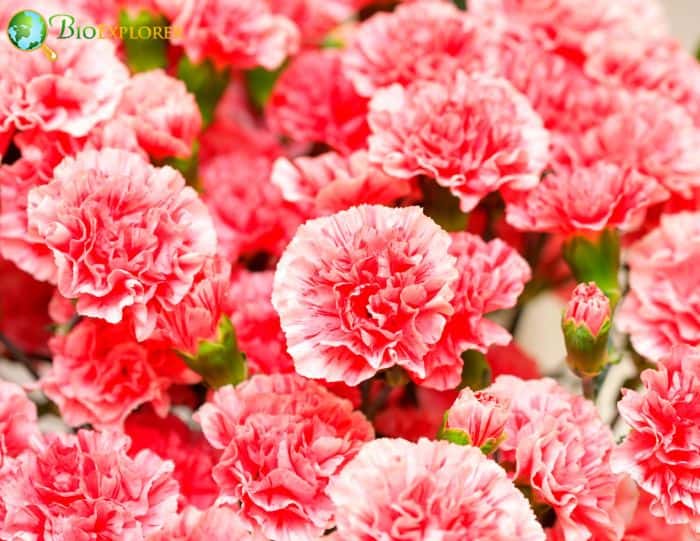
The Carnation and Snowdrop offer meaningful options when choosing floral gifts for Capricorn and Aquarius.
- For Capricorn, a bouquet of red Carnations, symbolizing love and respect, or white Snowdrops, reflecting purity and hope, can be a thoughtful gesture.
- For Aquarius, a mix of pink Carnations, representing gratitude, and Snowdrops, symbolizing new beginnings, can capture their innovative spirit and kindness.
- These floral gifts, tailored to the individual traits of Capricorn and Aquarius, turn the simple act of giving flowers into a personalized and thoughtful expression of appreciation and connection.
The insights into the horoscope signs of Capricorn and Aquarius and their connections with January’s birth flowers, the Carnation and Snowdrop, offer a unique perspective on personality, traits, and symbolism.
Whether exploring one’s zodiac sign or seeking the perfect floral gift, the connections between these flowers and horoscope signs add depth and personal resonance to the timeless tradition of birth flowers.
Comparison Between Carnation and Snowdrop
Similarities and Differences
While Carnations and Snowdrops serve as January’s birth flowers, they exhibit distinct similarities and differences.
- Regarding similarities, both flowers symbolize new beginnings and hope, resonating with January’s spirit of renewal. Their delicate beauty and rich symbolism make them cherished symbols across cultures.
- However, differences are also evident. Carnations, varied colors, and ruffled petals symbolize various emotions, from love to disappointment. Snowdrops, with their pure white color and simple elegance, symbolize purity, innocence, and the promise of spring.
- While Carnations are often associated with human emotions and relationships, Snowdrops are more connected to nature’s cycles and the transient beauty of life.
Cultural Interpretations
Culturally, both Carnations and Snowdrops hold significant meanings but are interpreted differently across cultures.
- Carnations symbolize love, honor, and celebration in various traditions, from Ancient Rome to Christianity.
- Snowdrops, however, are often linked to hope and consolation, especially in Eastern European folklore and British traditions.
- These cultural interpretations add meaning to both flowers, reflecting diverse perspectives and values.
Meaning and Symbolism
Both Carnation and Snowdrop convey profound messages in terms of meaning and symbolism.
- The Carnation’s multifaceted symbolism includes love, admiration, distinction, and sensitivity. Its varied colors allow it to express complex emotions and sentiments.
- The Snowdrop symbolizes hope, renewal, purity, and new beginnings with its singular color and form. Its emergence at the end of winter adds a symbolic dimension of triumph and resilience.
- The comparison between Carnation and Snowdrop, January’s birth flowers, reveals a rich tapestry of similarities and differences, cultural interpretations, and meanings.
- Together, they offer a complementary and nuanced reflection of January’s essence, capturing the complexity and beauty of human emotions, cultural values, and nature’s wisdom.
- Whether enjoyed separately or together, Carnations and Snowdrops provide a meaningful and enchanting connection to the heart of January.
How to Care for Carnations and Snowdrops?
Caring for Carnations and Snowdrops requires understanding their needs regarding planting, watering, sunlight, and general maintenance. Here’s a guide to help you nurture these beautiful January birth flowers:
Carnations
- Planting: Plant Carnations in well-drained soil, spaced about 6-12 inches apart.
- Watering: Water regularly, but avoid overwatering as it can lead to root rot.
- Sunlight Needs: Carnations thrive in full sun to partial shade.
- Fertilizing: Use a balanced fertilizer every 6-8 weeks during the growing season.
- Pruning: Regularly deadhead spent flowers to encourage more blooms.
Snowdrops
- Planting: Plant Snowdrop bulbs in the fall, 2-3 inches deep, in moist, well-drained soil.
- Watering: Water moderately, keeping the soil moist but not soggy.
- Sunlight Needs: Snowdrops prefer partial shade but can tolerate full sun.
- Fertilizing: A light application of balanced fertilizer in the fall can support growth.
- Mulching: A layer of mulch can help protect the bulbs during winter.
While Carnations and Snowdrops have different care requirements, understanding their needs ensures healthy growth and beautiful blooms. Whether growing them in a garden or containers, these care tips will help you enjoy the beauty and symbolism of January’s birth flowers all year round.
Conclusion
January’s birth flowers, the Carnation and Snowdrop, offer a rich and multifaceted reflection of the month’s essence. Symbolizing love, hope, renewal, and distinction, these flowers capture the spirit of new beginnings and the complexity of human emotions.
Their cultural significance, varied meanings, and timeless beauty make them cherished symbols across generations. Whether you’re celebrating a January birthday or drawn to these flowers’ symbolism, exploring your connection with Carnations and Snowdrops can be an enriching experience.
Embrace the beauty and wisdom of these January birth flowers, and let them inspire and guide you throughout the year.











